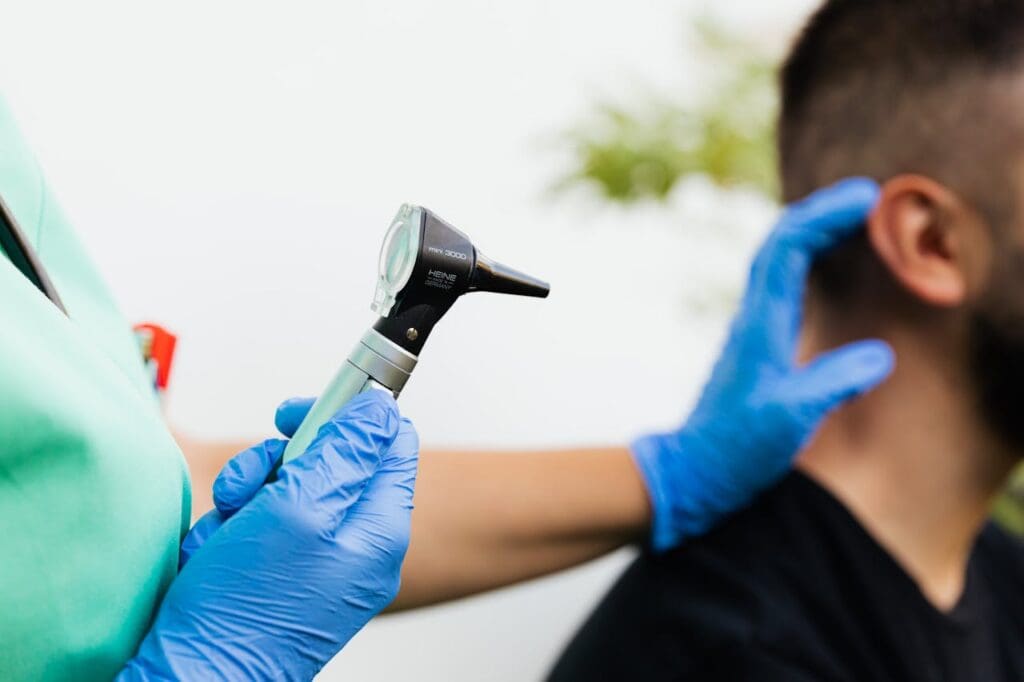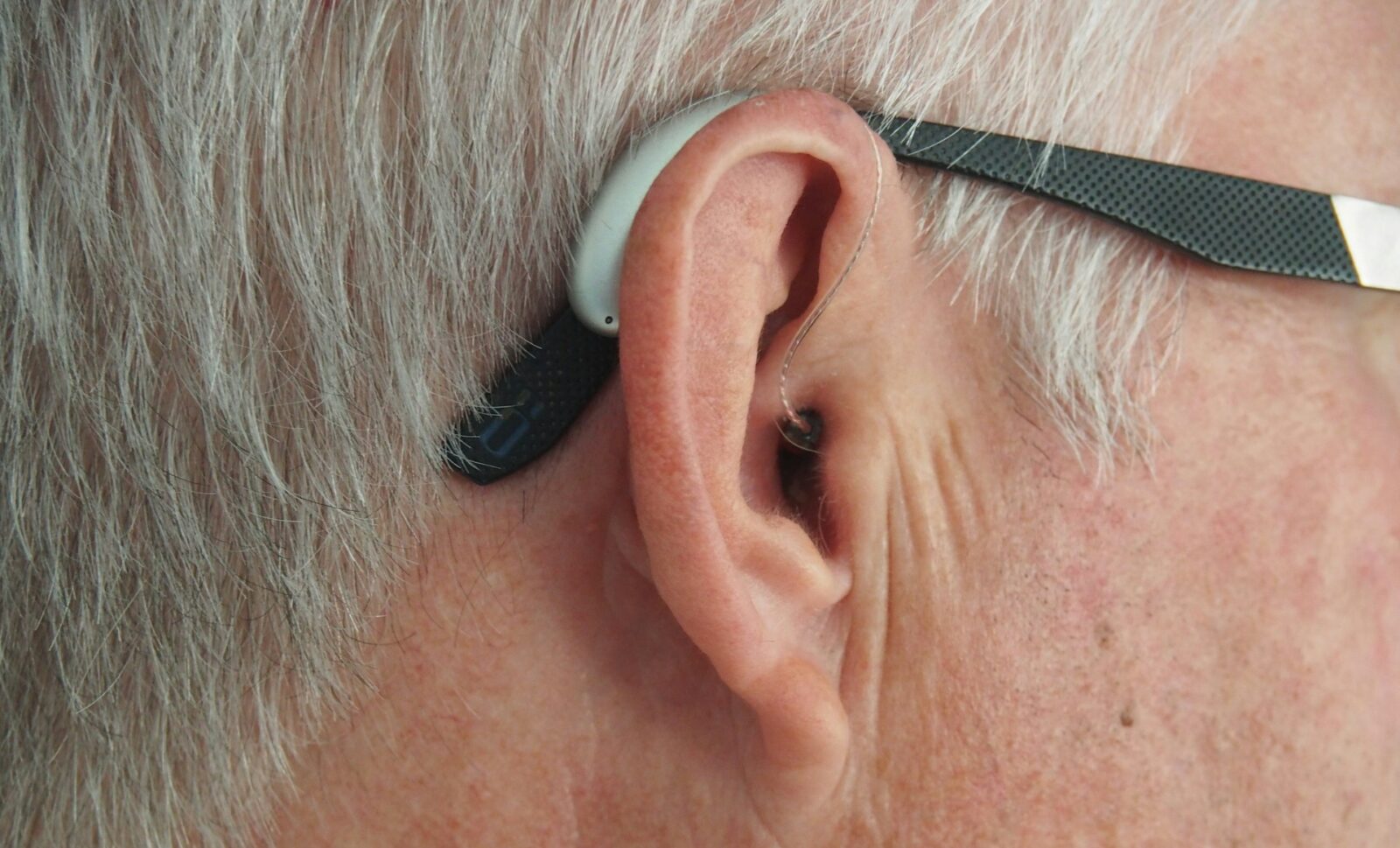Dealing with ear wax blockages can be a nuisance, affecting your hearing and causing discomfort. While it’s a common issue, knowing the dos and don’ts of managing ear wax blockages is crucial for your aural health. Here are the best practices to safely and effectively deal with ear wax blockages, ensuring your ears stay healthy and your hearing remains clear.
Do: Seek Professional Help When Necessary
If you’re unable to manage ear wax blockages on your own or if you experience severe symptoms, it’s crucial to seek professional help. A healthcare provider, audiologist, or ENT specialist can safely remove excessive ear wax using specialized tools and techniques. When you have a problem with ear wax, ear syringing performed by a healthcare professional may be a safe and effective solution. They can also diagnose any underlying conditions contributing to the ear wax buildup.
Don’t: Attempt DIY Ear Wax Removal Methods
While it may be tempting to try DIY ear wax removal methods found online, such as ear candling or using homemade solutions, these methods can be dangerous and ineffective. Ear candling, for example, has no scientific evidence to support its efficacy and can cause burns, perforated eardrums, or even worsen ear wax buildup. Stick to safe and proven methods recommended by healthcare professionals.
- Risk of Injury: DIY ear wax removal methods can pose significant risks of injury to your ears. Using makeshift tools or improper techniques may lead to scratches, cuts, or perforations of the eardrum, resulting in pain, infection, or hearing loss. It’s crucial to prioritize safety and avoid any actions that could harm your delicate ear structures.
- Potential Complications: DIY methods often fail to address the root cause of ear wax buildup and may exacerbate existing issues. For instance, using sharp objects or excessive force to remove ear wax can push it deeper into the ear canal, making it more challenging to remove and increasing the risk of impaction.
- Lack of Effectiveness: Many DIY ear wax removal techniques lack scientific validation and may not effectively remove ear wax. For example, using ear candles purportedly to draw out wax has been debunked by experts and can cause more harm than good.
- Delayed Treatment: Relying on DIY methods may delay seeking professional help, allowing ear wax buildup to worsen over time. Delayed treatment can lead to more severe symptoms and complications, requiring more invasive interventions to resolve.
Do: Know the Purpose of Ear Wax
Understanding the role of ear wax is fundamental. Ear wax, or cerumen, isn’t just a bothersome substance – it serves a vital purpose in your ears. It acts as a natural cleanser, and lubricant, and protects against bacteria, fungi, and water. Acknowledging its significance can help you approach ear wax management more intelligently.
Don’t: Insert Cotton Swabs or Other Objects
One of the most common mistakes people make when dealing with ear wax is using cotton swabs or other objects to clean their ears. This practice often exacerbates the problem by pushing the wax deeper into the ear canal, leading to blockages or potential injury to the delicate structures of the ear. Avoid inserting anything into your ear canal, including cotton swabs, bobby pins, or fingers.
- Inserting cotton swabs or any other objects into your ear canal can push the ear wax deeper, leading to blockages and potential damage to the delicate structures of the ear. The ear canal is designed to be self-cleaning, and inserting objects disrupts this natural process, increasing the risk of complications.
- Cotton swabs can also push bacteria and debris further into the ear canal, increasing the likelihood of infection. Additionally, using objects like bobby pins or hairpins can scratch the ear canal or perforate the eardrum, causing pain, infection, and hearing loss.
- Despite the common misconception that cotton swabs are effective for ear cleaning, they can worsen ear wax buildup over time. The more you insert them into your ears, the more your ears may produce wax as a protective response, leading to a cycle of increased wax production and potential blockages.
Do: Practice Safe Ear Cleaning Techniques
Instead of using cotton swabs, opt for safer ear-cleaning techniques. You can gently wash the outer ear with a washcloth during your regular bathing routine. If you feel the need to address excess ear wax, consider using over-the-counter ear drops specifically designed to soften ear wax. Follow the instructions carefully and avoid overusing them.
Don’t: Ignore Symptoms of Ear Wax Buildup
Ignoring the symptoms of ear wax buildup can lead to complications such as ear infections, hearing loss, or tinnitus (ringing in the ears). If you experience symptoms like earache, fullness in the ear, decreased hearing, or ringing sensations, don’t dismiss them. It’s essential to address these symptoms promptly to prevent further complications.


Dealing with ear wax blockages requires a cautious approach to ensure the health and integrity of your ears. By understanding the dos and don’ts outlined in this guide, you can effectively manage ear wax buildup while safeguarding your hearing and overall ear health. Remember, when in doubt, seek professional assistance to avoid complications and ensure proper care of your ears.









Leave a Reply
View Comments